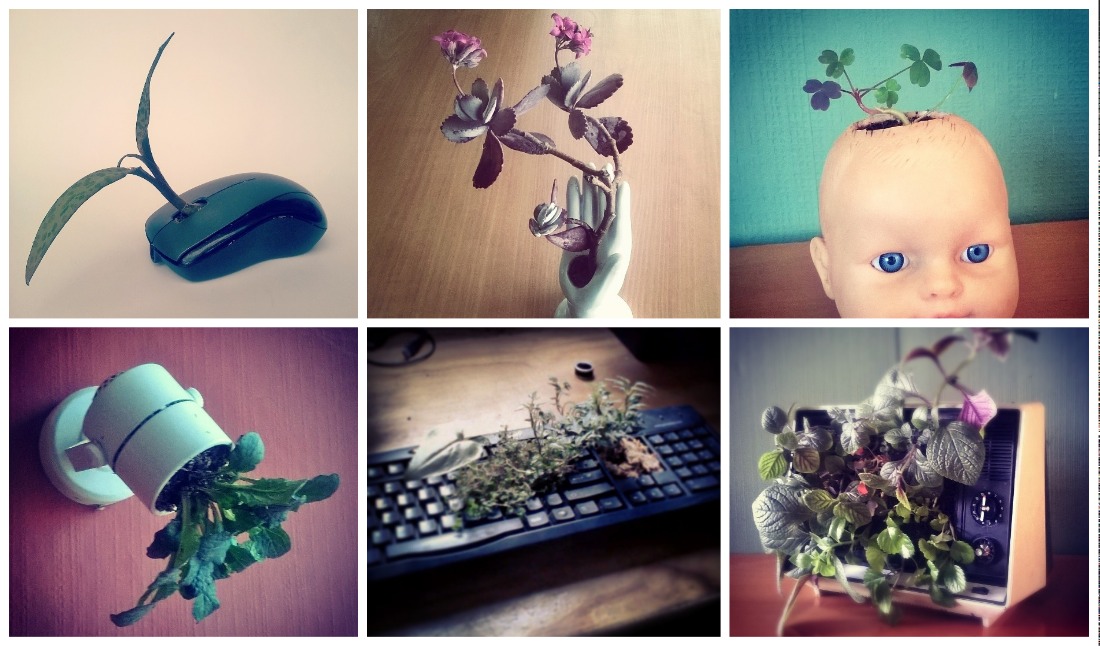Anúncios
When it comes to product engineering, one of the most crucial aspects to consider is the life cycle of materials. This concept not only encourages industries to incorporate environmental practices into production, but also assesses the durability of a product and how easily it can be reused or recycled at the end of its useful life. Let’s explore how you can extend the life cycle of materials and discover how creative reuse practices can make a big difference.

What is the Material Life Cycle?
The life cycle of materials refers to the total time a product can be used before it must be discarded or recycled. Life cycle analysis is an important tool for engineers and designers because it allows them to design products that last longer and have a lower environmental impact. Many products and packaging we buy do not undergo a thorough life cycle analysis, which can lead to premature disposal and overloading of landfills.
How to Increase the Lifespan of Objects with Plants
An innovative way to extend the life cycle of materials is by incorporating plants into objects and packaging. This not only increases the durability of the items, but also provides new functionality and beauty. The Vida Interior project, created by Chilean designer Rodrigo Tello, is an inspiring example of how we can reuse obsolete objects in a fun and practical way. Tello transforms old and unused items into plant containers, which helps to add a green touch to décor and promotes sustainability.
Creative Reuse: Surprise Yourself with These Ideas
Repurposing is a powerful way to extend the life cycle of materials and minimize waste. Instead of throwing away old items, consider transforming them into something new and useful. Here are some creative ideas that exemplify innovative repurposing:
- Unlikely Chandeliers: Turn recycled materials into unique and sustainable chandeliers. Items that would normally be discarded can be given a new life as decorative pieces.
- Surfboard made from PET bottles: Create a surfboard using recycled PET bottles. This project not only reuses materials, but also demonstrates how plastic waste can be converted into useful products.
- Old Boats Become Warehouses: Repurpose old boats by turning them into sheds or other types of structures. This approach is not only environmentally friendly, but it also preserves the history and value of the old items.
The Difference Between Recycling and Reusing
While industrial recycling involves processes that consume energy, inputs and equipment to transform materials into new products, reuse requires mainly creativity and intelligence. Reuse is a practice that can be easily applied at home and does not require large investments of resources, in addition to offering a smaller environmental impact compared to traditional recycling.
The Importance of Creativity in Reuse
Creativity plays a key role in reusing materials. When we think outside the box and find new uses for old items, we not only reduce waste, but also contribute to a more sustainable world. Projects like Vida Interior are a great example of how we can use creativity to give new life to obsolete objects and integrate more nature into our environments.
How to Contribute to Increasing the Life Cycle of Materials
There are many ways you can contribute to sustainability. By reusing items and materials, you not only help reduce the amount of waste sent to landfills, but you also encourage a circular economy. Before you throw away any item, ask yourself if it can be reused in some way. If this is not possible, ensure that it is disposed of properly and responsibly.
The life cycle of materials is a fundamental concept in engineering and sustainability. By adopting creative reuse practices, such as those suggested by the Inner Life project and other innovative ideas, you can help extend the life of your products and reduce their environmental impact. Reusing is not only an environmentally friendly practice, but also a way to exercise creativity and transform old items into something new and valuable. Explore your own ideas and see how you can make a difference in your everyday life and the world around you.
Check out other interesting facts about recycling clicking here.
Learn how to make art by recycling, Click here.




